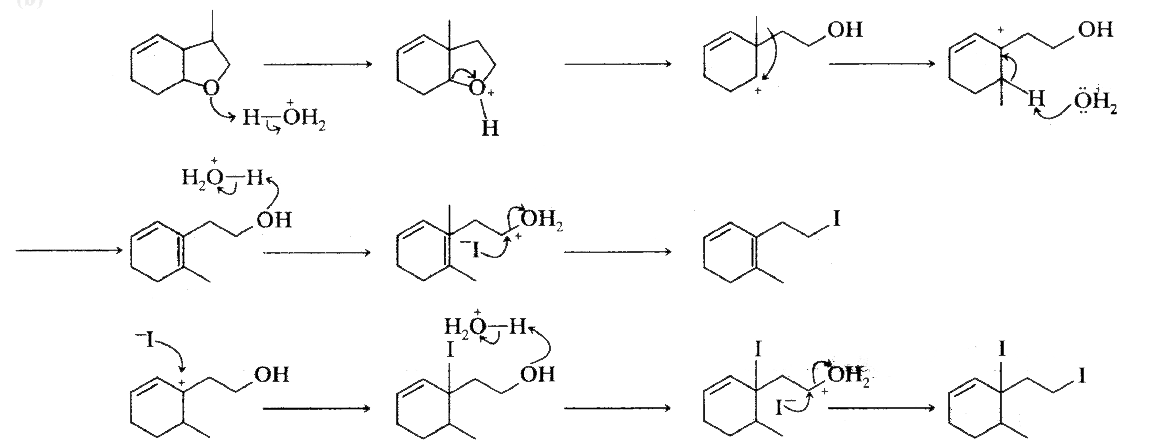Give the mechanisms of the reaction

Topper's Solved these Questions
- BOOK - MS CHOUHANCHAPTER - ALCOHOLS AND ETHERSEXERCISE - ADDITIONAL OBJECTIVE QUESTIONS (SINGLE CORRECT CHOICE TYPE)26videos
ALCOHOLS AND ETHERS
- BOOK - MS CHOUHANCHAPTER - ALCOHOLS AND ETHERSEXERCISE - ADDITIONAL OBJECTIVE QUESTIONS (Linked Comprehension Type ) Paragraph for Question 1 to 41videos
ALCOHOLS AND ETHERS
- BOOK - MS CHOUHANCHAPTER - ALCOHOL, ETHERS AND EPOXIDESEXERCISE - Subjective Problems1videos
ALCOHOL, ETHERS AND EPOXIDES
- BOOK - MS CHOUHANCHAPTER - ALCOHOLS FROM CARBONYL COMPOUNDSEXERCISE - Additional Objective Questions (Multiple Correct Choice Type )1videos
ALCOHOLS FROM CARBONYL COMPOUNDS
Similar Questions
Alkanes are monochlorinate with t-butyl hypochlorite
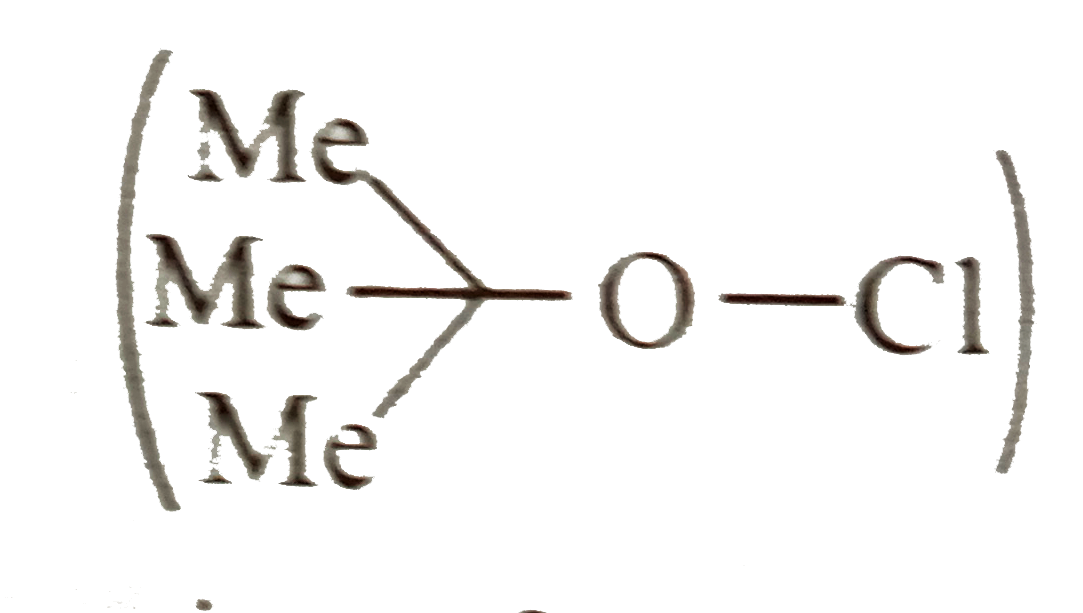 as a radical intiator. Give the mechanism of the reaction.View Solution
as a radical intiator. Give the mechanism of the reaction.View SolutionAlkanes are monochlorinate with t-butyl hypochlorite
 as a radical intiator. Give the mechanism of the reaction.View Solution
as a radical intiator. Give the mechanism of the reaction.View SolutionWhen a mixture of 2-merthyl propane and CC14 is reacted at 403-413 in the presence of a radical intiator, t-butyl peroxide, 2-chloro-2-methyl propane and chloroform (CHC13 are formed. Give the mechanism of the reaction.
View SolutionWhen a mixture of 2-merthyl propane and CC14 is reacted at 403-413 in the presence of a radical intiator, t-butyl peroxide, 2-chloro-2-methyl propane and chloroform (CHC13 are formed. Give the mechanism of the reaction.
View SolutionExplain:
a. P-Aminobenzaldehyde (I) does not show nucleophilic addition reaction.
b. Which is more acidic and why: (I) cyclohexanone or (II) 2-methyl cyclohexan-1,3-dione ?
c. When acrolein (CH2=CH−CHO) reacts with hydrazine (..NH2..NH2), dihydropyrazole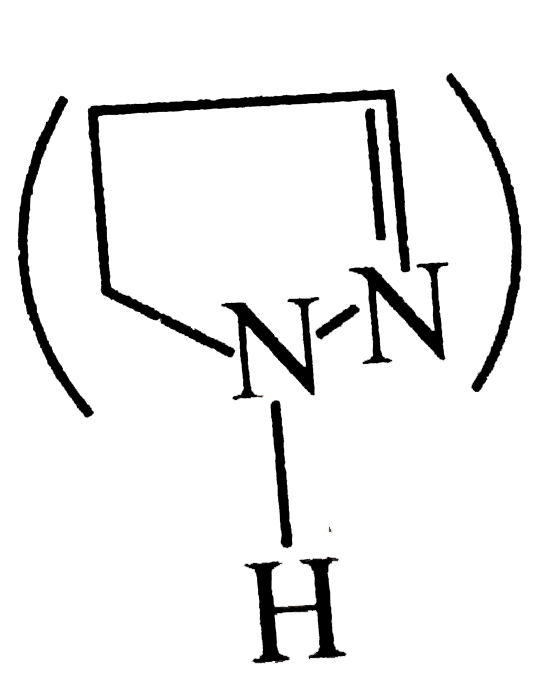 is formed. Give the mechanism of the reaction.View Solution
is formed. Give the mechanism of the reaction.View SolutionGive the mechanism for the reaction of t-butyl bromide with aqueous potassium hydroxide.
View Solution(i) Give the mechanism for the reaction of acetyl chloride with ethyl alcohol.
(ii) Give the mechanism for the Hofmann bromamide reaction.
(iii) Give the mechanism of estrification
(iv) Give the mechanism of basic hydrolysis of an ester.
or
Give the mechanism of saponification.
(v) Give the mechanism of acid hydrolysis of an ester.View SolutionAn alkyl halide is reduced to the corresponding alkane by tributyl stannane (C4H9)3SnH and by a free radical menchanism in the presence of an initiator, an azo compound
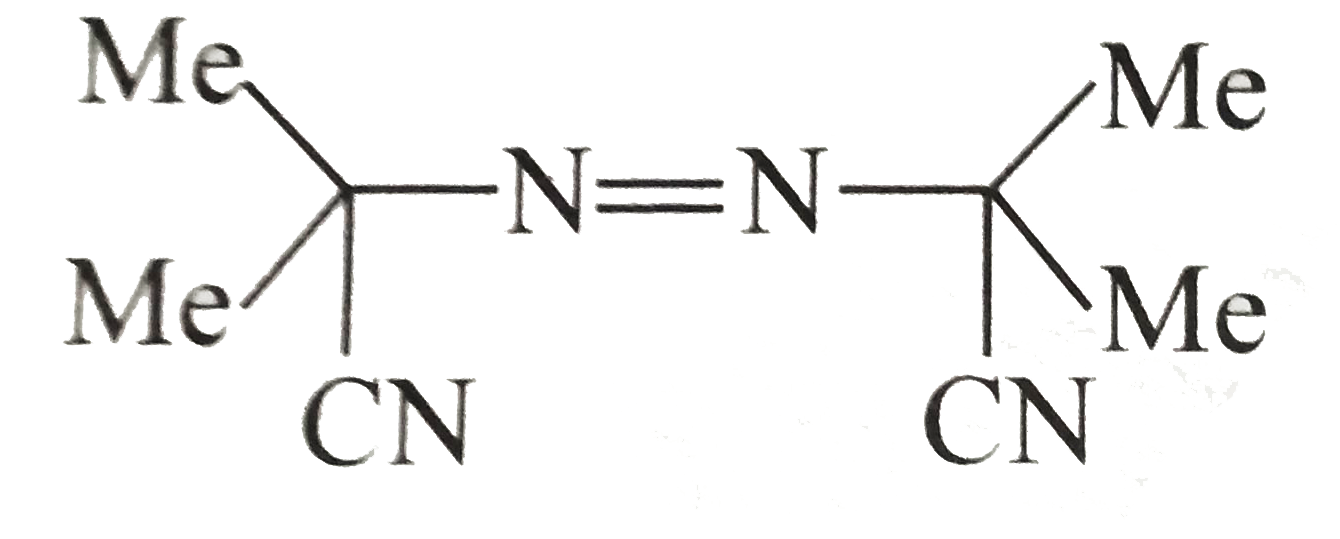
that breaks down to N2 and a radical. Give the mechanism of the reaction.View SolutionAn alkyl halide is reduced to the corresponding alkane by tributyl stannane (C4H9)3SnH and by a free radical menchanism in the presence of an initiator, an azo compound

that breaks down to N2 and a radical. Give the mechanism of the reaction.View Solutionwhen 3-methylbutan-2-ol is treated with HBr, the following reaction takes place:
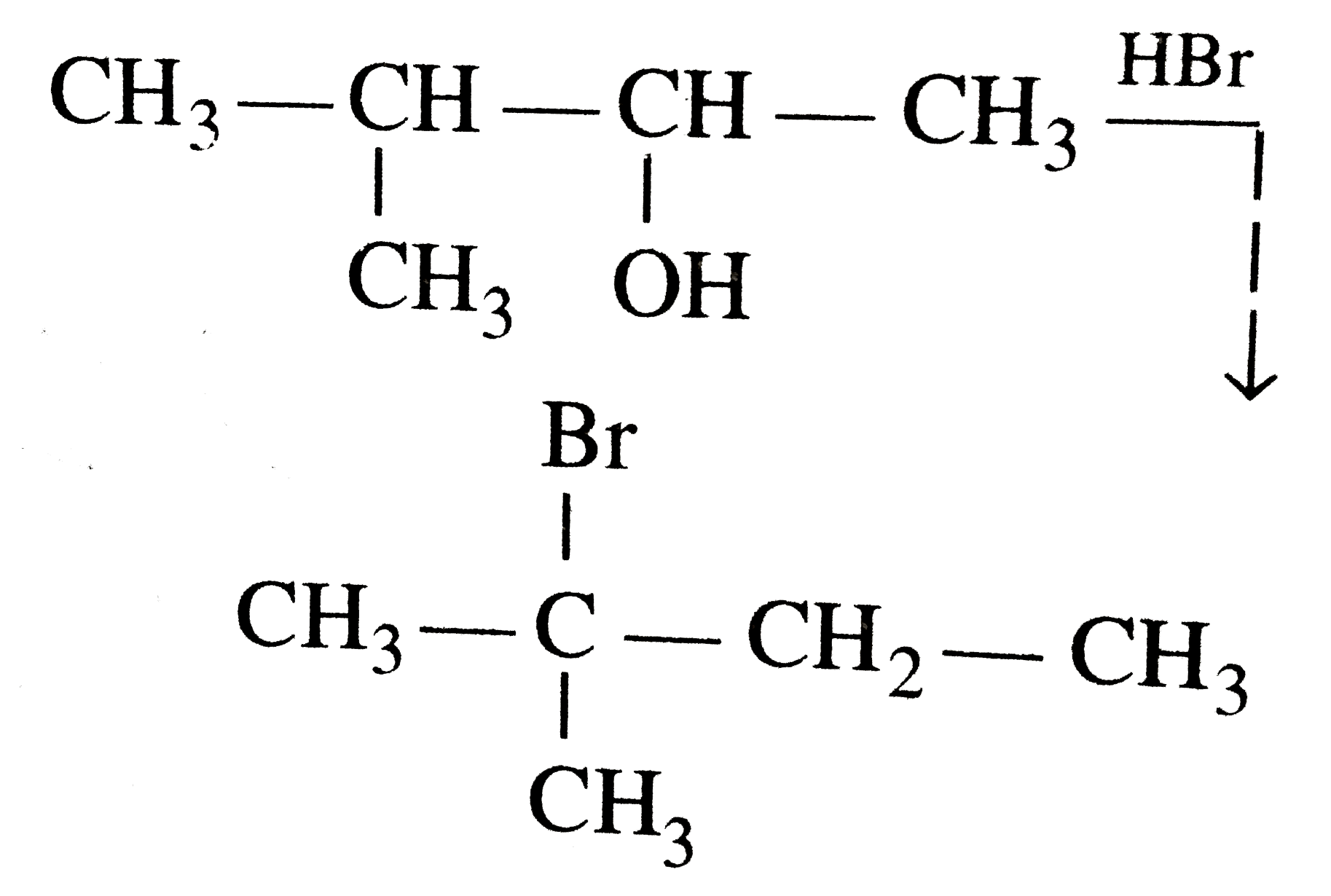
Give the mechanism of this reaction.
Hint : The secondary carbocation formed in step II rearranges to a more stable tetriary carbocation by a hydride ion shift form the third carbon atom.View Solution

